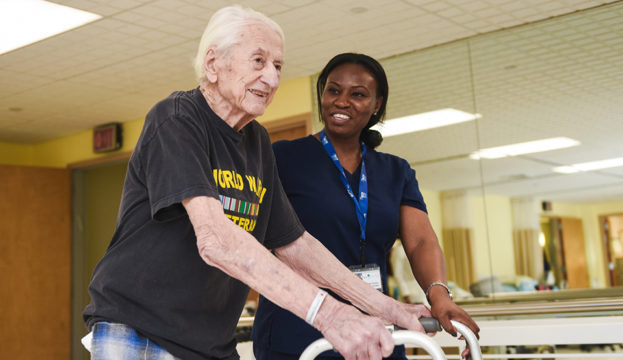One of the most commonly observed injuries in sports is the ankle ligament injury. This injury often happens when an athlete touches down awkwardly or twists their foot during a game. Signs of an foot sprain include pain, swelling, and difficulty walking. Prompt care typically includes the R.I.C.E. method, which represents for Rest, Cooling, Wrapping, and Elevation. This method helps minimize swelling and discomfort. In more serious cases, rehabilitative treatment may be necessary to regain strength and flexibility to the ankle before company website returning to sports.
Another common trauma is a muscle injury, which can happen in any sport that requires quick movements or intense lifting. Sportspeople may suffer a muscular injury when they stretch a muscular tissue too far or when they exert too great force. Signs include sharp pain, inflammation, and muscular spasms. Recovery for muscle strains often entails light stretching and strengthening exercises. Slowly raising activity levels is vital to avoid recurrence. Athletes should collaborate closely with a rehabilitative specialist to develop a safe and effective rehabilitation plan.
Tendon inflammation is another injury that can affect athletes, particularly those who engage in repetitive motions, such as runners or aquatic athletes. This issue occurs when a tendon structure, which links muscular tissue to bone, gets swollen. Frequent locations involved by tendonitis include the arm, shoulder, and knee. Symptoms often include discomfort and stiffness, especially during activity. Care for tendon inflammation usually includes rest, cooling, and pain-relief medications. In some situations, physical treatment may be suggested to enhance mobility and strength in the affected region.
Preventing sports traumas is just as crucial as treating them. Athletes can minimize their chance of injury by heating up properly before events, using the right gear, and keeping good fitness shape. Strength training and flexibility workouts can assist prepare the physique for the demands of sports. Additionally, sportspeople should pay attention to their bodies and allow breaks when necessary. By comprehending frequent sports traumas and applying effective rehabilitation plans, sportspeople can remain fit and enjoy their favorite athletic activities for a long time to come.
